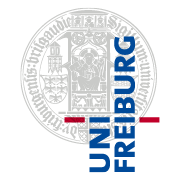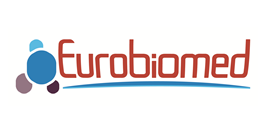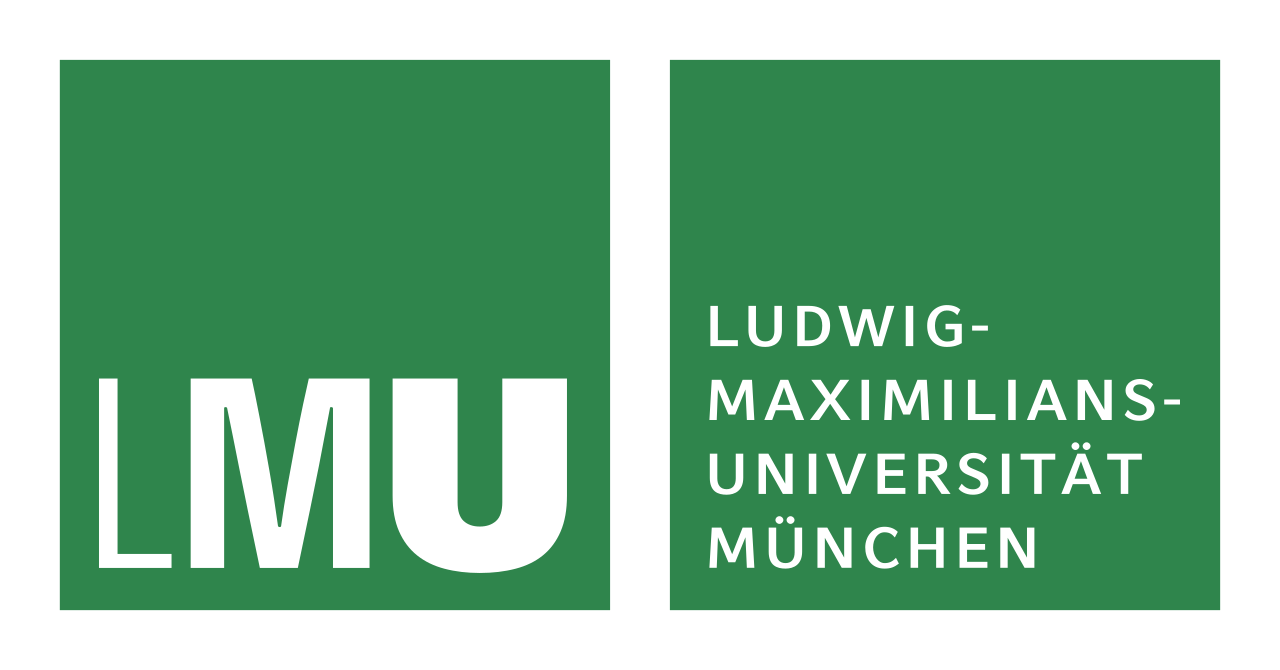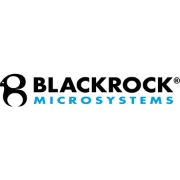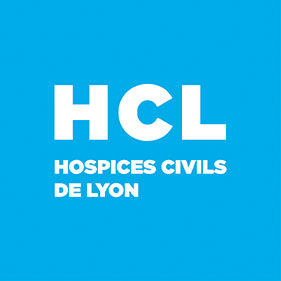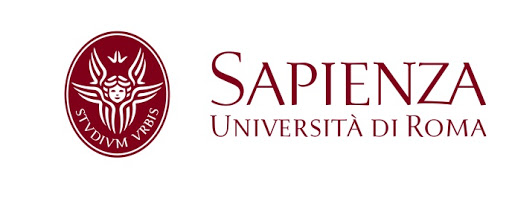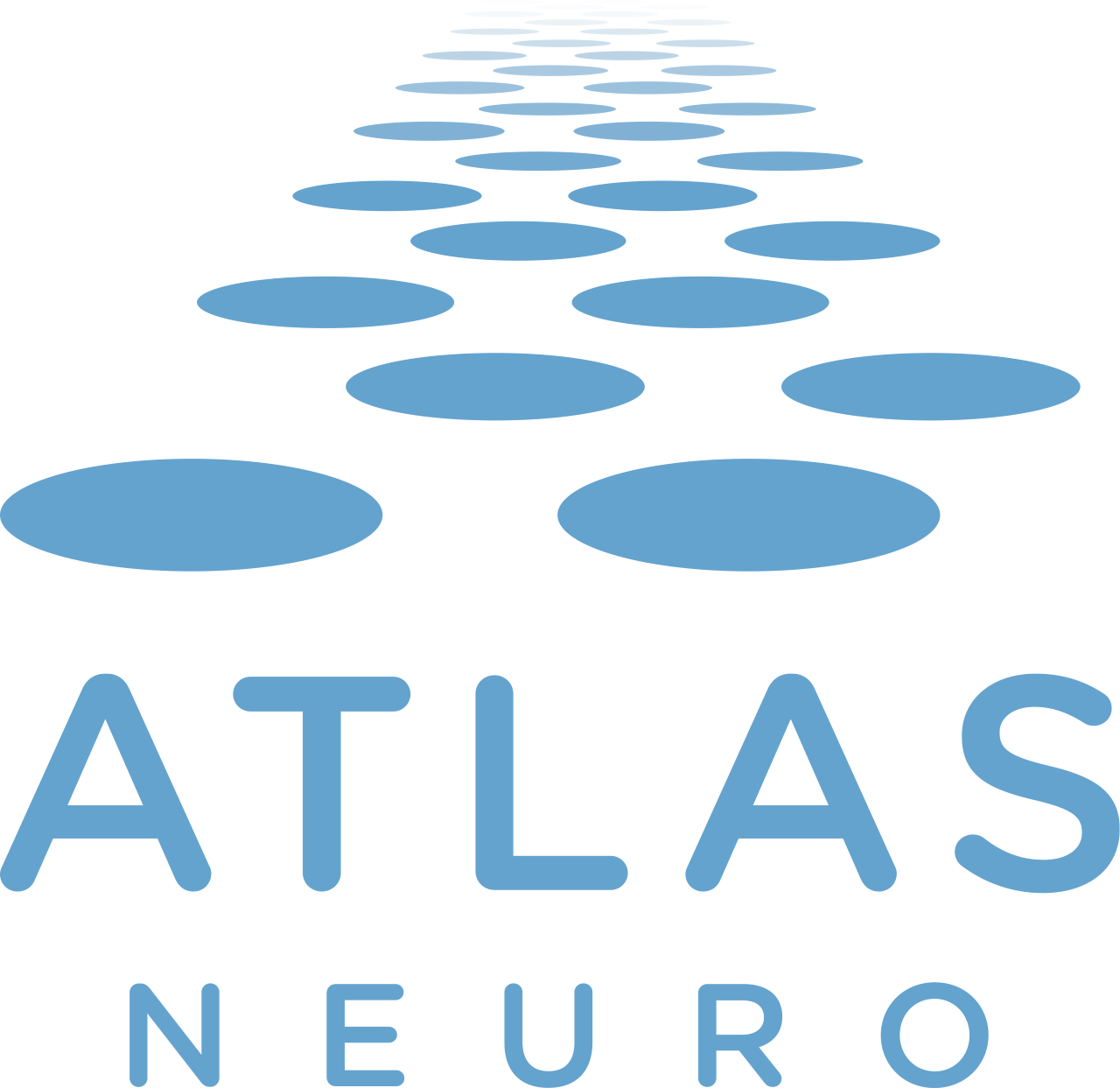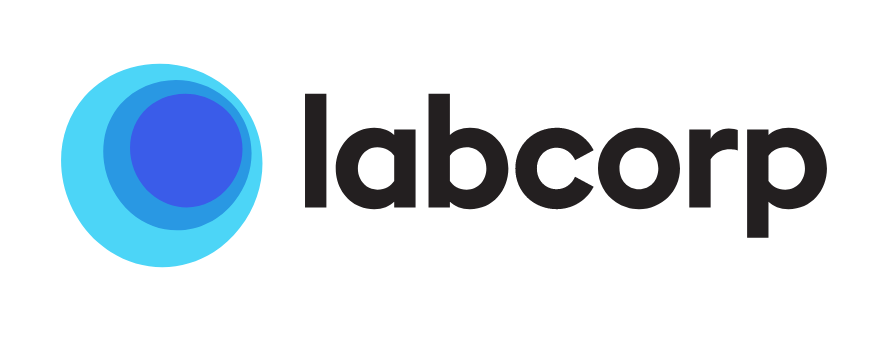ESR 1
Layer-specific dynamics of parieto-motor networks during visually-guided arm reaching behaviour
- Early Stage Researcher 1 (ESR 1) name: Laura López Galdo
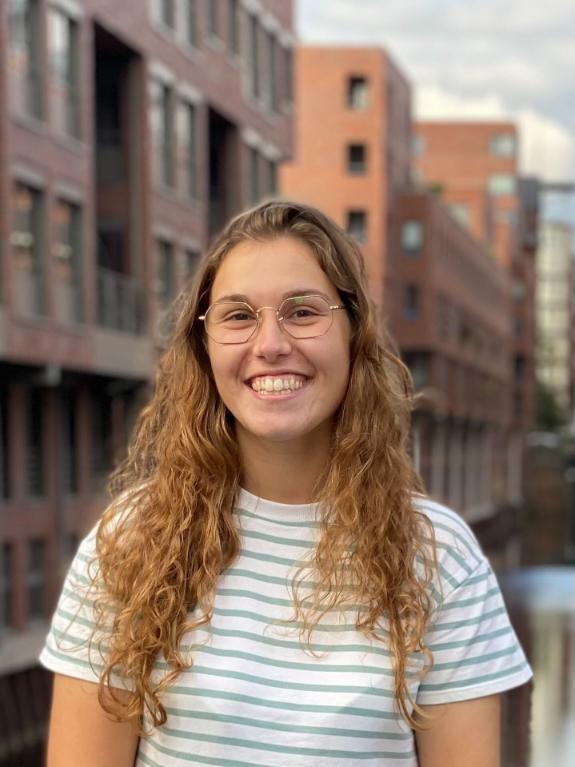
Email address: laura.lopez-galdo@univ-amu.fr
Personal Information:
I am a biomedical engineer with a master's in Neuroengineering. I studied my bachelor's in Universidad Carlos III de Madrid, where I specialized in medical devices. I was interested in medical robotics, precisely in the ones used for rehabilitation of motor skills. While developing my bachelor thesis on this topic, I grew a special curiosity by neurotechnology and devices able to interface with the brain, so I decided to study neuroengineering at the Technical University of Munich.
This two-year program fully introduced me in the field of neuroscience. I was interested in motor rehabilitation and motor learning, not only at the level of robotics but also at understanding the neural representation of it. In my master thesis, I evaluated theoretically how motor information is stored in the brain and how that information generalizes to future movements. Particularly, if we are flexible in the coordinate system that we use to encode movement-related signals. We studied this based on behavioural tasks recording arm reaching in a force adaptation paradigm.
In the following years, I will be studying electrophysiological data related to arm movement in Non-Human Primates, in order to improve our interpretation of the brain signals in the parieto-motor networks. In other words, I will be able to study the neural representation of motion from the opposite perspective to my master thesis. I believe fundamental research, which is able to deepen our knowledge about neural correlates of movement, is the key to improve the domain of brain technology in the future.
- Host Institution: CNRS & Aix-Marseille University, Marseille, France
- Supervisors: Dr BE Kilavik, Dr D Battaglia
- Project title: Layer-specific dynamics of parieto-motor networks during visually-guided arm reaching behaviour
- Project description:
The project is focused on studying the functional properties of neurons belonging to different parietal and motor cortical layers in the NHP. The goal is to better understand the laminar-specific bottom-up and top-down connectivity between regions involved in visually-guided arm movement, at the level of the cortex.
We will mainly rely on the established macaque model, engaged in visuomotor reaching behaviour. In collaboration with ESR 2 and 3 we will also investigate laminar-specific parieto-motor dynamics in the lissencephalic marmoset monkeys that enables access to areas that are buried in sulci in the macaque.
We will use data analysis approaches, including information theory and decoding to systematically compare the amount of information present in neuronal spiking activity and the LFP related to task rules, visual inputs and muscle activations at different laminar depths of PMd and M1. This will be linked to large-scale network-level processing involving parietal areas 7a (visual processing, pre-dominantly connected with PMd) and 5d (somatosensory processing, pre-dominantly connected with M1). This large-scale communication and information routing will be quantified via information theory approaches and Granger causality measures.
The behavioural paradigm will consist of a pre-cued visual target selection task requiring arm reaching movements. The electrophysiological data will be recorded using multi-shank linear (laminar) arrays, able to detect spikes and LFPs; recordings of eye movements, electromyograms and intra-cortical micro-stimulation will also be performed during the experiment.
- Secondments:
(1) Albert-Ludwigs-University Freiburg, 01/02/2022 to 28/02/2022
I did my first secondment in IMTEK (Freiburg). The department of microsystems engineering is currently working on building electrodes used for electrophysiological recordings and stimulation, and to integrate optogenetics on them. I was able to see the full process of it, from the prototyping and designing with a computer software, to the assembly the electrodes and the connectors together.
After having some basic lectures on microfabrication, I joined PhD students and post-doctoral researchers in their activities in the cleanroom – and I even did some spin coating myself! They showed me the machines they had and the processes they were able to perform in-house to go from an idea of an electrophysiologist to an actual functioning electrode. I understood which are the physical and methodological limits in electrode making, which one needs to consider when requesting a new design.
Since Freiburg has also neuroscience research, I took the opportunity to visit neighboring labs and meet other students working on similar motor-related experiments with a different animal model – mice and rats in their case.
The full experience was very interdisciplinary and enriching in a personal and scientific level. Staying in the engineering lab gave me a different perspective of electrophysiology, and networking with neuroscientists led to many useful discussions.
(2) University of Bremen, planned in 2024
More information:



